WHAT TO LOOK FOR WHEN CHOOSING A DANCE STUDIO
Choosing a dance studio can be a difficult task! As a parent, your child’s safety and happiness is a priority, as is the quality of dance education they receive. Today, anyone can open a dance studio and there is no governing body regulating dance studio operations! As with purchasing any product, it’s important to do your research! Here is a quick checklist to consider when choosing the best dance studio for your family:
FACILITY:
Sprung Floors: A good dance floor must have shock absorption. A poor floor can cause stress-related injuries such as fractures and irreversible damage to developing dancers.
Observation Tools: A studio should have nothing to hide! Observation windows or live-feed monitors allow parents to see dancers’ progression.
INSTRUCTORS:
Background: Having a background in both performance and education lends itself well to technical training.
Variety: In today’s dance world, versatility is a necessity. Variety in teaching styles and backgrounds provides dancers with more opportunities and learning experiences.
REFERRALS:
Recommendations: Speak with trusted parents as to where their child dances, and what they value in the studio they attend.
Reviews: Check Google, Facebook, and the studio’s website for testimonials. Be sure testimonials are recent and coming from dance families, not friends and family of the studio owner.
SAFETY:
Age-appropriateness: Watch videos of performances to gather information about choreography, costuming, and music! These elements should always be age-appropriate!
Pointe work: Ask when soft-pointe and pointe shoes are introduced to dancers. If dancers begin this work before the feet stop growing, permanent damage can be done.
PROGRAMMING:
Skill levels: A good studio should accommodate beginners who dance for fun, as well as experienced dancers planning for dance at the post-secondary level.
Curriculum: Be sure the studio belongs to multiple strong, modern dance organizations who provide quality technical training such as BATD, ADAPT, and ADTA.
Focused Classes: Combo classes do not allow for timely progression. Classes that focus on one style allow the child to develop proper skills in each style.
Placement:Dancers should be assessed before or at the beginning of a season and be placed appropriately for their age and skill level to ensure safety and success.
COST:
Uniforms: Inquire as to what colour outfit is required of dancers, if the studio sells these items, and how much an outfit will cost.
Performance fees: There should be no surprise fees for your family! Ask about costuming, recital tickets, photos, recital videography, and registration costs.
